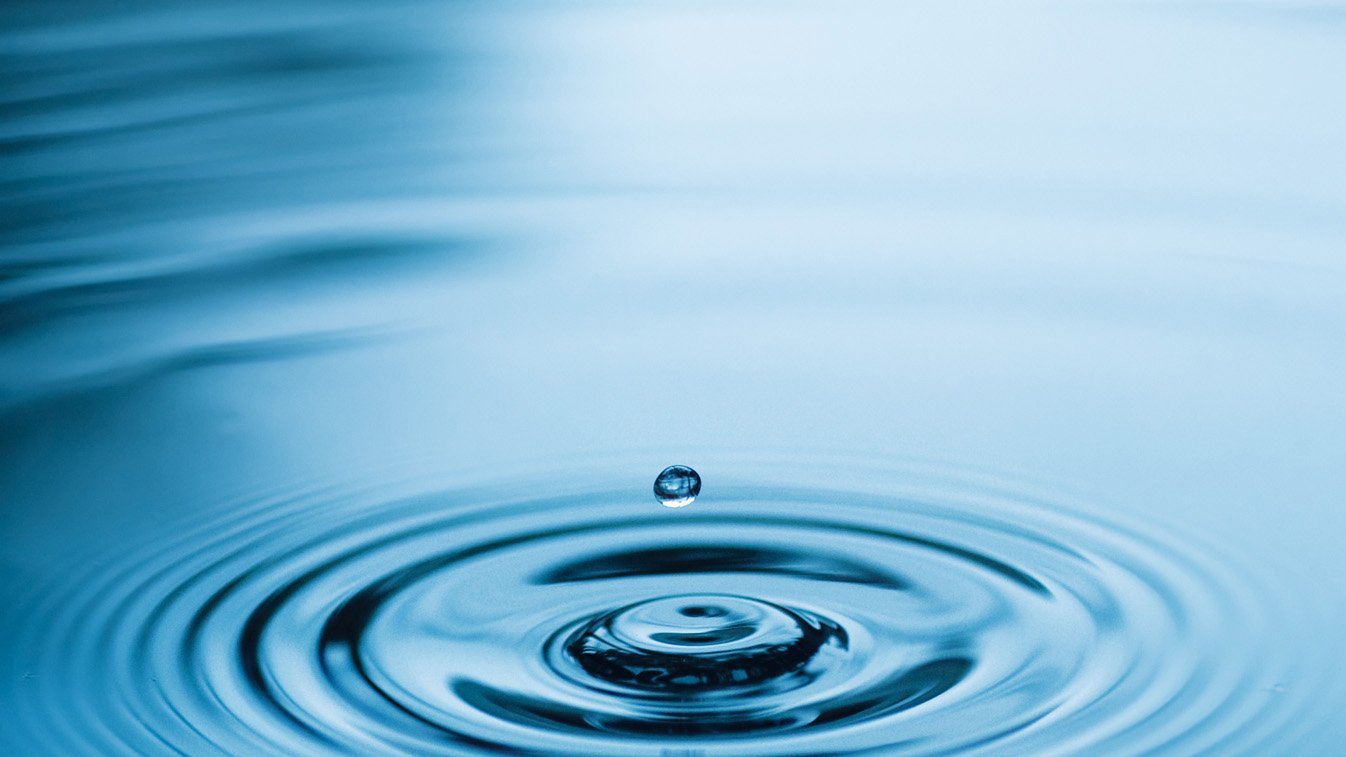
Substrate wetting primarily depends on the surface tension of the liquid coating material and the critical surface tension of the substrate to be coated. It is generally the case that the surface tension of the coating should be lower than or equal to the surface energy of the substrate in order to achieve a good wetting. Poor wetting, i.e. a crawling or beading of the coating will occur if the surface tension of the coating is higher than the surface energy of the substrate. Substrates with a generally lower surface tension (e.g. plastic parts) or contaminated surfaces (oil residue, release agent) are therefore difficult to wet.
Aqueous coating systems, due to their water content, have a higher surface tension than solvent-borne coatings, and therefore exhibit greater wetting problems. Silicone additives reduce the surface tension of the coating thereby resulting in a better wetting of the substrate. Silicones with dimethyl structures are preferable here, as these provide a rather reduction of surface tension. Especially for aqueous systems, silicone surfactants are also suitable. In addition, in aqueous systems, silicone-free surfactants based on alcohol alkoxylates can also be used as these also significantly lower the dynamic surface tension as well.
Additives based solely on polyacrylates are not suitable for improving substrate wetting.
On this website we use cookies and similar functions to process end device information and personal data. The processing is used for purposes such as to integrate content, external services and elements from third parties, statistical analysis/measurement, personalized advertising and the integration of social media. Depending on the function, data is passed on to up to 9 third parties and processed by them. This consent is voluntary, not required for the use of our website and can be revoked at any time using the icon on the bottom left.